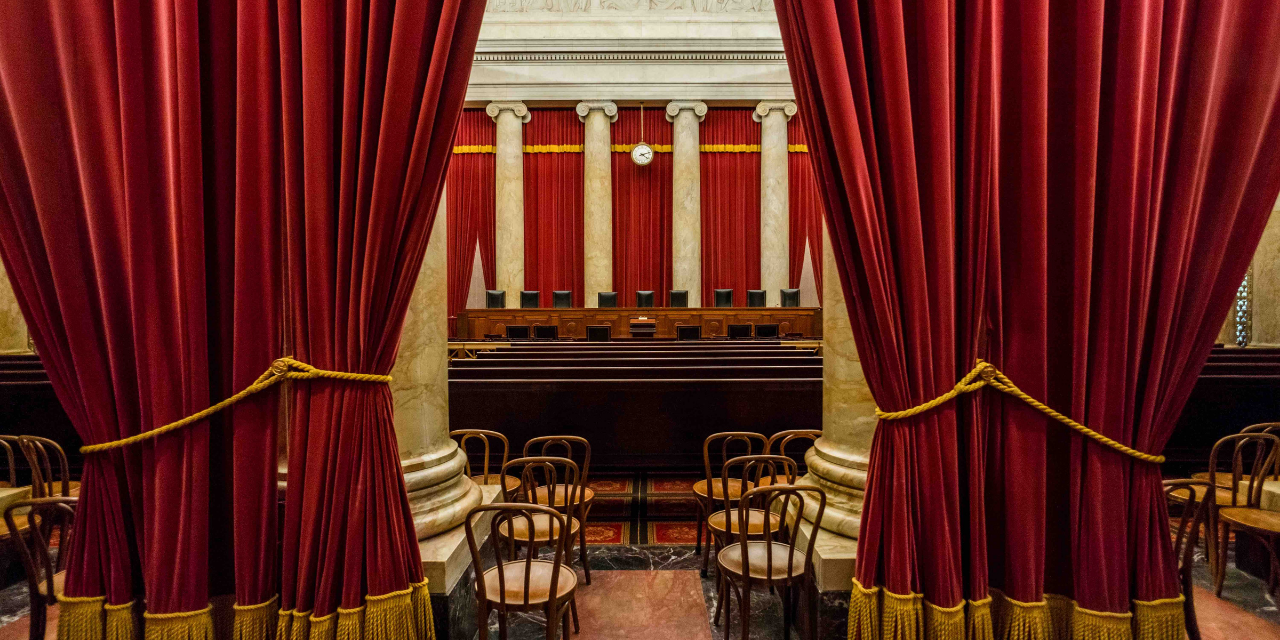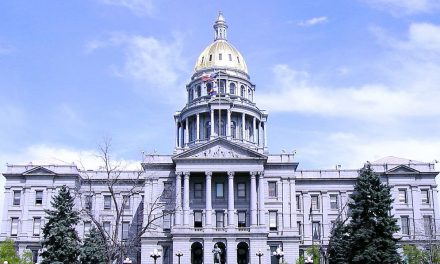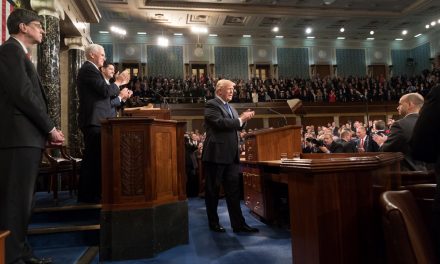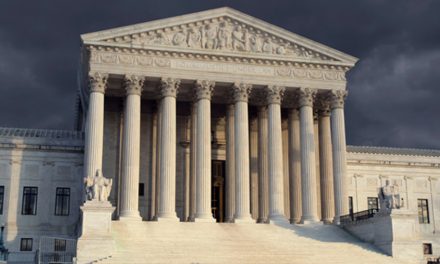Last April, President Joe Biden issued Executive Order 14023 establishing a Presidential Commission on the Supreme Court, whose purpose was to review various proposals for reforms at the U.S. Supreme Court and other federal courts, and to make recommendations to the president.
The Executive Order was promised by then-candidate Biden in October 2020 during a CBS “60 Minutes” interview after Justice Amy Coney Barrett was nominated to replace the late Justice Ruth Bader Ginsburg. Biden was responding to calls from his political base to pack the court with additional justices to counter what the Left perceived was a shift in the ideological balance of the court.
That final 294-page report is now in, and the Commission takes no position on the most controversial proposal under consideration – packing the court with additional justices.
The Commission summarized the internal dispute its members had with regard to the issue of court-packing:
“Supporters contend that Court expansion is necessary to address serious violations of norms governing the confirmation process and troubling developments in the Supreme Court’s jurisprudence that they see as undermining the democratic system,” the executive summary reads. “Opponents contend that expanding—or ‘packing’—the Court would significantly diminish its independence and legitimacy and establish a dangerous precedent that could be used by any future political force as a means of pressuring or intimidating the Court.
“The Commission takes no position on the validity or strength of these claims. Mirroring the broader public debate, there is profound disagreement among Commissioners on these issues. We present the arguments in order to fulfill our charge to provide a complete account of the contemporary Court reform debate.”
The Commission’s no-position outcome on court-packing after months of public meetings will not sit well with the Left, which historically has used the court to force through social change by unelected judges on such topics as abortion, same-sex marriage and gender identity.
The Commission did address other issues, including the possibility of 18-year term limits for Supreme Court justices, who, according to the Constitution, are appointed for life. The professed purpose for term limits would be to give every president the opportunity to appoint two justices during every four-year term of office, with the goal of creating more turnover on the court and eliminating prolonged voting blocks.
The debate over term limits for justices is nothing new, of course, and the Commission takes no position here either, but notes the arguments for and against as well as the problems with implementing it. Since the Constitution, Article III, says that federal judges “shall hold their Offices during good Behaviour,” which has always been understood to be a lifetime appointment, the Commission recommends that imposing term limits ought to be handled by way of a constitutional amendment rather than an Act of Congress.
Other topics addressed by the Commission include such things as the court’s emergency docket, judicial ethics, public access to the court’s proceedings, and the scope of federal court jurisdiction. There’s a lot of history contained in the report as well.
Ultimately, what the Commission’s final product doesn’t contain are any recommendations to the president. The White House press office this week said the president would review the findings, but there is no definitive timeline for action.
“It’s not recommendations that he either accepts or denies,” Press Secretary Jen Psaki told reporters. “He’ll have to review it first and I don’t think we’re going to set a timeline for what that looks like and what it will mean after that.”
Of course, the president doesn’t have the constitutional authority take any action of significance with regard to the federal courts by himself, but would have to work with Congress, and where constitutional amendments are required, with the state legislatures.
None of that is likely to happen where the big-ticket items such as court-packing and term limits are concerned. The court will, in all likelihood, continue doing what it is constitutionally charged with doing, while the Left faces the possibility of actually having to engage with voters and follow the democratic process in order to enact the policies it wants.
And in this Republic, we all engage in the process designed by the Founders – garner support on an issue, pass legislation, win votes, lose votes, compromise, vote candidates in and out of office, and then start all over again on the next issue or election. It’s messy, but it works.
Photo from Shutterstock.






